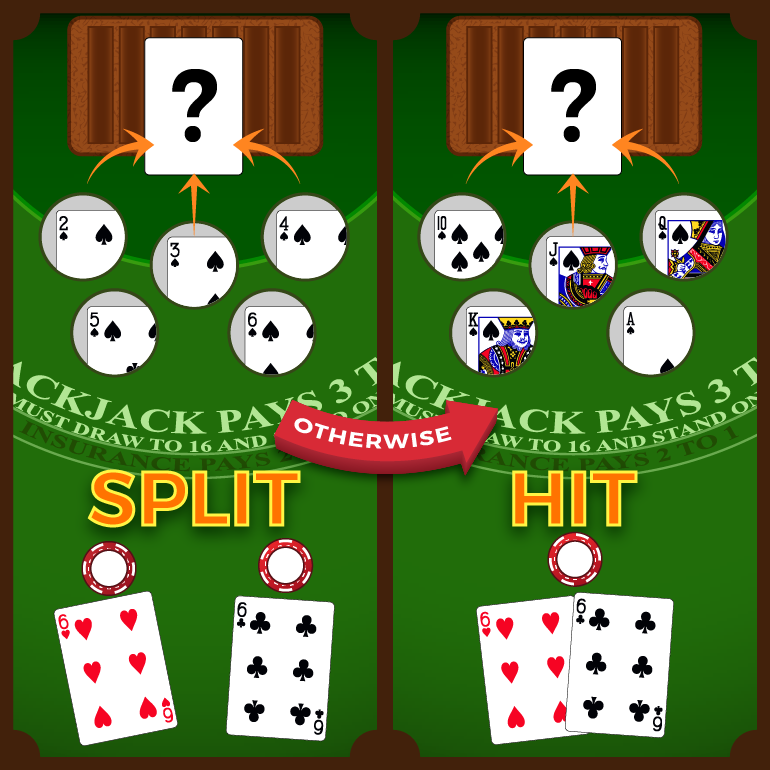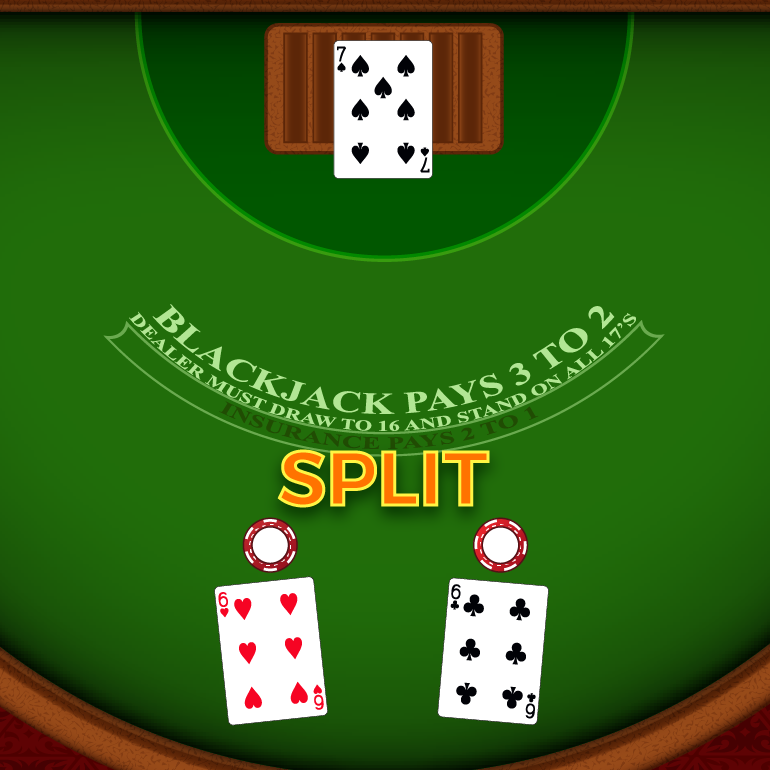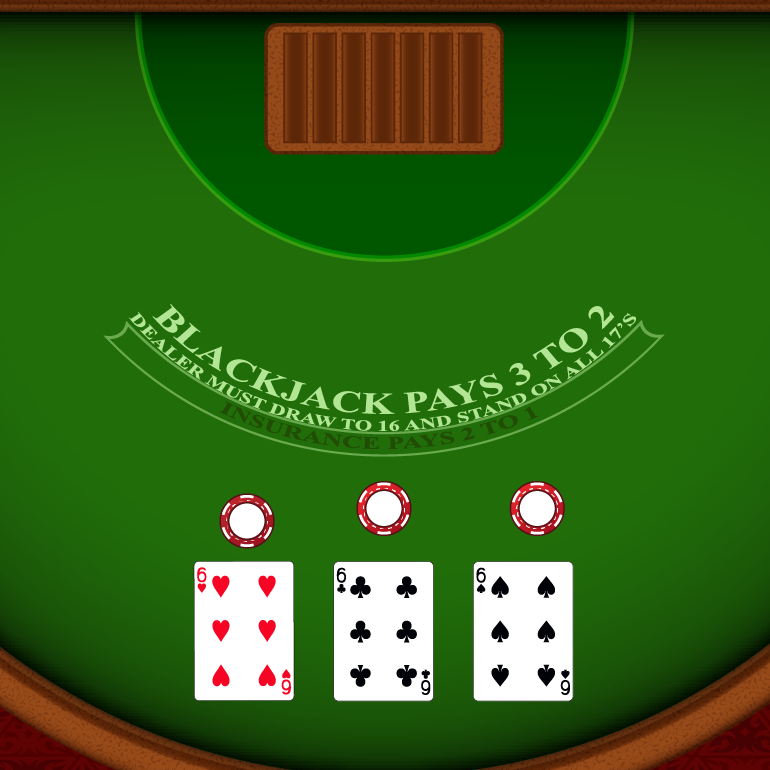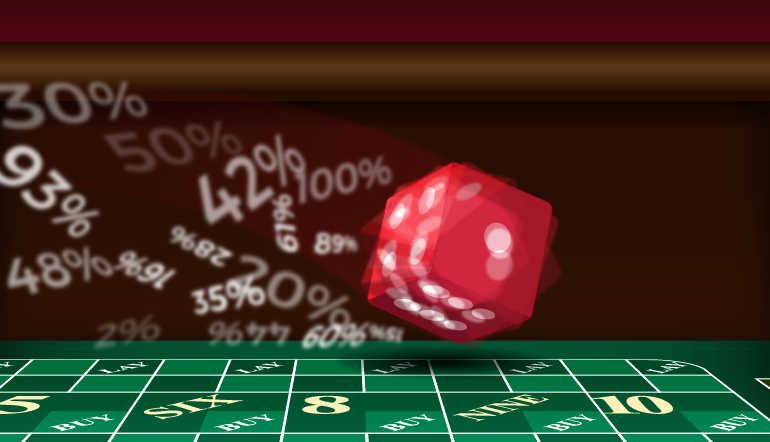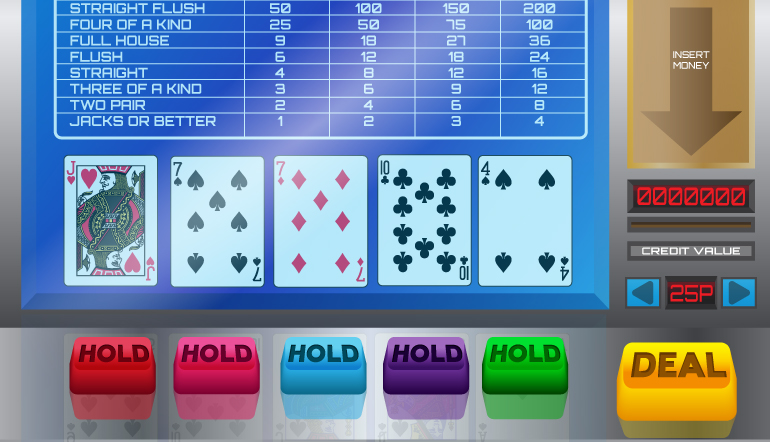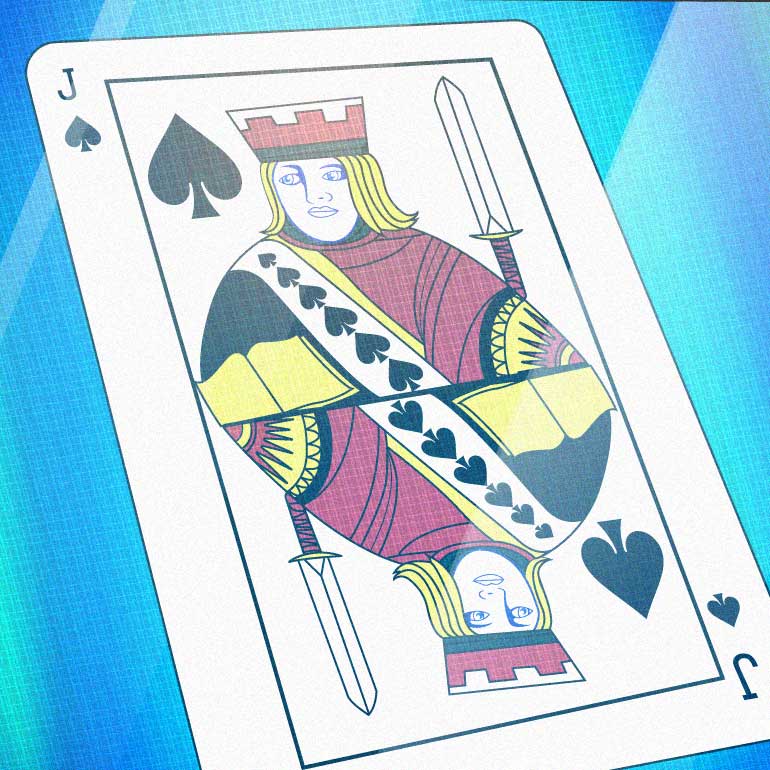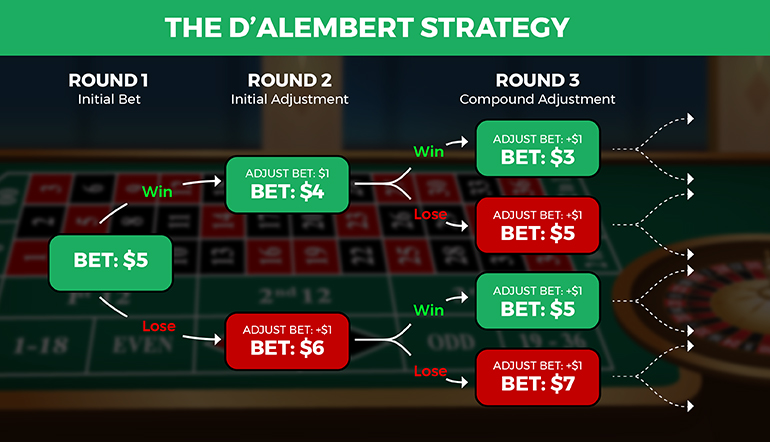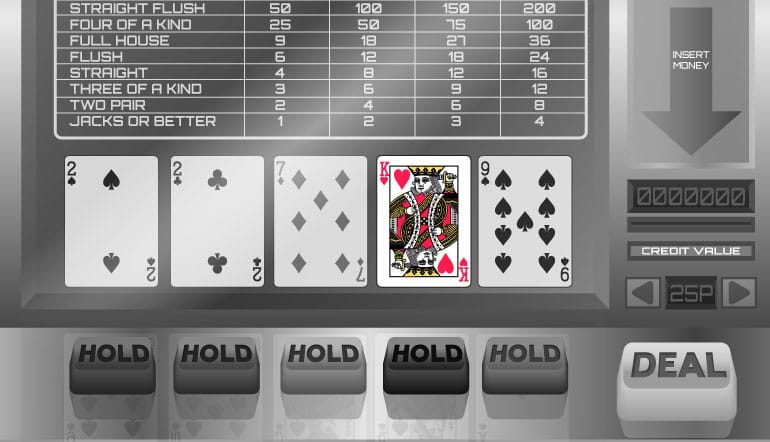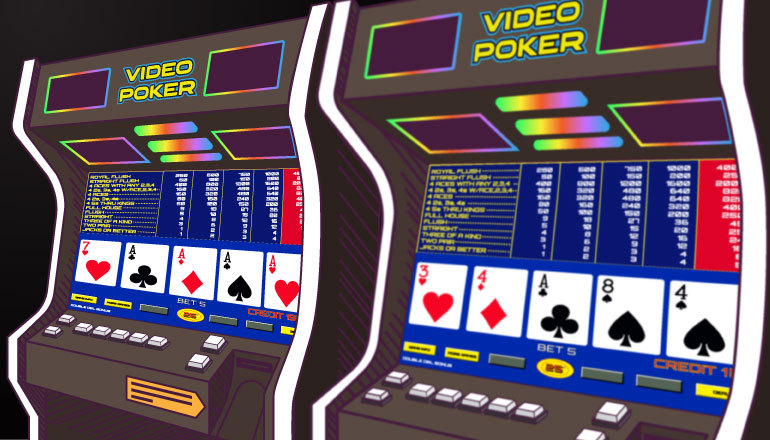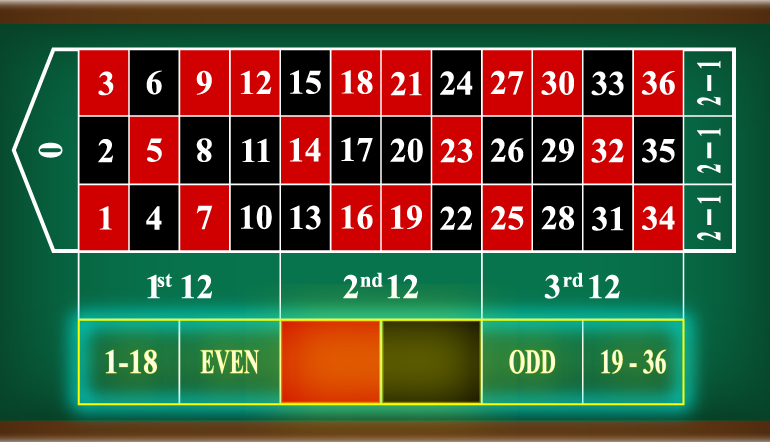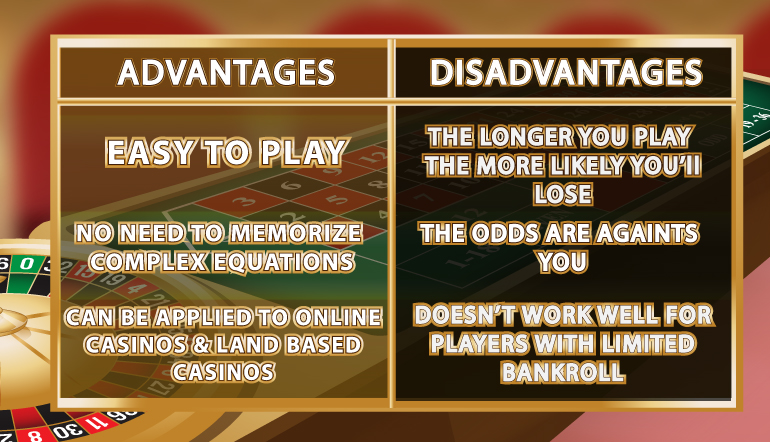Video poker is among the most popular of casino video games. The reasons for this are many. They include:
- Relatively low house edge – sometimes even a player edge.
- Unlike table games, you can play without other people commenting on your play.
- Unlike standard slot machines:
- The pay table which determines the house edge and volatility is displayed.
- You have a say in the outcome - player decisions affect results.
- Playing strategies are available to maximize your results.
But even with all these advantages, many players – maybe even most players – lose far more than they should playing video poker. They tend to play like gamblers and make one or more of the common mistakes that gamblers make.
In order to become an effective video poker player you must stop being a gambler and start treating your video poker play more seriously.
What specifically can you do? You can follow the eight “Be’s.” What are they? Read on:
TIP #1: BE KNOWLEDGEABLE
Know what game you want to play. It should be a low house edge, low-variance game such as full-pay (9/6) Jacks or Better, full-pay or “Not So Ugly” deuces wild, or something similar. The reason for the low house edge is obvious. In order to be effective, you want the lowest barrier against you. Low variance helps keep the bankroll fluctuations low and therefore reduces bankroll requirements.
TIP #2: BE PREPARED
Once you have decided which game or games you want to play, learn the proper playing strategy. Practice this strategy using an application on your computer, tablet or smartphone until you are very comfortable with it. Remember, each time you misplay (or guess wrong) you are giving money to the casino. This is not a trait that helps you be effective.
TIP #3: BE OBSERVANT
In the casino, find the best game possible – one of the games you have practiced.
Casinos have scores of video poker machines. They come in all types: Jacks or Better, Double Bonus Poker, Deuces Wild, etc., etc., etc. As you walk through the casino checking out the video poker being offered, don’t assume that what is printed on the glass or base is the actual game on the machine. Just because the glass says Jacks or Better and the pay table displayed on the screen is 9/6, doesn’t make it full-pay Jacks or Better. It could be Double-Double Bonus – or something else entirely. The only way to guarantee you have the game you want – the game you studied and practiced at home – is to check the entire pay table.
Casinos put identical machines next to each other. They are identical in all appearances except the pay tables may be different. Completely check the pay table on each different machine you play.
Be observant. Play the best game. Don’t fall for the casinos tricks.
Here is a very important point for effective video poker play: if you cannot find a game with the low house edge you are seeking, don’t play. Go elsewhere. Don’t be a gambler. A gambler is not an effective video poker player.
TIP #4: BE ALERT
All the preparation and observation in the world will not help your effectiveness if you are not alert.
Here are some recommendations:
- If at all possible, maintain the same general schedule as in your normal daily life. There are enough distractions in a casino without also messing with your daily rhythm.
- Make your playing sessions a reasonable length. Effectiveness wanes rapidly as playing sessions drag on. Take a break at least every hour or so – sooner if you find yourself making mistakes. For maximum effectiveness, leave the casino and take a walk. Relax for a while and recharge before resuming play. Mark Twain once said, “The right word may be effective, but no word was ever as effective as a rightly timed pause.” That works for video poker play, too.
- Do not play if you are tired. Tired players make mistakes. They are following the gambler in them. Don’t be a gambler.
- Be very careful about consuming alcohol as it clouds judgment and dulls the senses. Imbibing is a gambler’s characteristic, not one of an effective player.
As Terence Winter, creator, writer and executive producer of the HBO television series Boardwalk Empire mused; “Any distraction tends to get in the way of being an effective gangster.” The same can be said for being an effective video poker player.
TIP #5: BE FRUGAL
Making effective use of all your available resources is a great way to become an effective video poker player. Make sure you join the slot players club and use your player’s card for all your play. You will accumulate points that can be used for free play, food, and even cash. You play will be tracked so you could snag free rooms, food, drinks, shows and other casino comps. Most casinos also award “bounce-back” cash or other freebies based on play registered on your player’s card. You may be invited to special promotions such as, bonus point days, and free tournaments and more. All of these things add to your winnings and make your play more effective.
TIP #6: BE ADEQUATELY FUNDED
Very few casino experiences are worse than losing your entire video poker stake in the first hour or two of a three-day casino stay. The good news is this is totally avoidable. In order to be effective playing video poker you have to have an adequate bankroll. The bankroll must be money that is strictly for casino play and not needed for other things such as groceries, car payments, mortgage or heart surgery.
When you are adequately financed, you will be effective since you can focus on playing properly and not sweat the money.
TIP #7: BE CAREFUL
If the player has an edge over the casino, more hands played means more profit. Speed is this player’s friend. But speed without accuracy is costly. If you have an edge (counting the game itself plus bonus cash and comps) you want to play as quickly as possible – but only if the play is perfect play.
If you find yourself making mistakes because of your playing speed, slow down. Perfect play is more effective than fast play.
TIP #8: BE INTROSPECTIVE
Popular management consultant Peter Drucker admonished, “Follow effective action with quiet reflection. From the quiet reflection will come even more effective action.”
After completing a playing session, take some time to reflect on how you did. What did you do right? What did you do wrong? Be honest. Once you answer those questions make a plan to enforce what you did right and correct what you did wrong. You will then on your way to “more effective action.”

SUMMARY
To be an effective video poker player, you must stop playing like a gambler. You must treat playing video poker more seriously. Follow the eight “Be’s” to help you achieve this goal:
- Be knowledgeable.
- Be prepared.
- Be observant.
- Be alert.
- Be frugal.
- Be adequately funded.
- Be careful.
- Be introspective.
If you follow these guidelines, and follow them closely, you will become an effective video poker player. You may not win every session. You may not win every trip. You will, however, win over the long run. And isn’t winning what it is all about?

